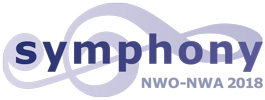More than 180.000 children and adults in the Netherlands are affected by an inborn bleeding disorder. They experience frequent bleeding episodes which cause extreme discomfort, invalidity due to joint and muscle bleeds, and sometimes death. Personalisation of treatment is urgently needed. It will safeguard quality of care while restraining rising costs in these debilitating and expensive diseases. Current treatment strategies are suboptimal and lead to either undertreatment with risk of continued bleeding or overtreatment with excessive costs. Novel therapeutic approaches are upcoming and expected to be even more expensive. However, effectiveness, (long term) side effects and therefore, positioning and optimal use of these new treatments is not clear. Better insight into the pathophysiology of these diseases is required in order to develop more precise diagnostic techniques. Moreover, safe therapeutic approaches with minimal complications and their cost-effective patient orchestrated implementation are warranted.
AIMS OF SYMPHONY
The overarching aim of this consortium is to significantly improve treatment for patients with bleeding disorders by addressing defined problems according to the following strategies. These innovations will have significant societal impact both for patient care as well as costs for society. The scientific breakthroughs will lead to a better understanding of underlying mechanisms leading to inter-individual variation in bleeding phenotype and treatment necessity according to severity of disease.
We intend to realise:
1. Treatment optimisation by personalisation with high quality of care at acceptable costs;
This will be achieved by a unique multi-dimensional approach, unprecedented internationally:
• Development of novel diagnostic tests based on approaches that actually measure haemostatic potential, such as thrombin and fibrin generation instead of only quantification of coagulation factor levels. This is conditional to be able to treat based on bleeding phenotype.
• A paradigm-shift in dosing, realising more optimal treatment of patients with both current standard half-life and novel extended half-life factor concentrates by pharmacokinetic (PK)-guided dosing based on population PK models instead of on body weight. Ultimately, paving the way for development of PK-pharmacodynamic (PD) models, linking coagulation factor levels to bleeding risk.
• Urgently required insight in the aetiology of inter-individual variation and modifiers of bleeding phenotype through fundamental research, applying innovative proteomic and cellular system approaches with advanced molecular genetic tools to establish necessary treatment intensity.
2. Guidance of complex clinical shared decision making for novel therapeutic options;
This will be achieved by:
• Systematic documentation of patient characteristics and health outcomes, both doctor-reported and patient-reported,which has never been performed before in bleeding disorder care. Registration according to value-based health care methodology, relating outcomes to societal costs in order to support and facilitate clinical shared decision making by all stakeholders.
3. Patient-orchestrated implementation of health care innovations using e-health modules;
This will be achieved by:
• Broad integration of the patient perspective in all innovations in this grant proposal in order to generate sustainable health care innovations. We have also included a workpackage with qualitative research on patient’s moral and ethical views regarding novel therapies and their risks, to facilitate shared decision-making care aspects.
• E-health modules will be designed according to guidelines by Patiënten Federatie Nederland and PGO support, and based on the co-creation collaboration that we already started in the HemoNed patient registry, inspired by initiatives such as “MijnEigenOnderzoek” and “Patients-like-me”.
SYMPHONY PROJECTS
Current hemostasis laboratories diagnose patients using tests based on coagulation factor levels. These are however not sensitive enough to predict inter-individual heterogeneity in bleeding phenotype. Therefore, there is a need to develop novel tests for more precise diagnosis of bleeding disorders as well as to better monitor treatment. A novel diagnostic assay should: a) reflect clinical bleeding phenotype; b) predict bleeding risk; and c) monitor treatment in patients on prophylaxis, in the perioperative setting and during acute bleeding events. In this project, we aim to develop reliable tests that measures hemostatic potential.
Platelet disorders are amongst the most common causes of excessive blood loss, but are difficult to diagnose. Using a multidisciplinary and fully translational approach, we aim to improve diagnostics for patients with these disorders. In a nationwide collaborative study, you will apply newly developed state-of-the-art diagnostic tests for analysis of platelet function in patients with a suspected platelet function disorder. In addition, you will investigate genotype-phenotype associations to elucidate molecular mechanisms responsible for platelet function disorders.
Implementation of value-based health care into the field of bleeding disorders is vital to balance both patient- and doctor reported health care outcomes with costs of treatment, especially in the light of emerging even more expensive therapeutic agents.
Population PK and PK-PD models will be developed for clotting factors concentrates (factor VIII, factor IX, von Willebrand factor) and desmopressin, which are administered in hemophilia and von Willebrand disease. Routine retrospective and prospective clinical data will be obtained from different treatment centers and will be analyzed using non-linear mixed effects modelling (NONMEM). The developed models will be applied in unique prospective multicenter trials in which doses are individualized and predicted on basis of individual patient PK using Bayesian statistical techniques. Thus optimizing treatment to improve quality of care in the light of both current and novel therapeutic options (standard half-life concentrates, extended half-life concentrates) and to implement personalized treatment of replacement therapy and desmopressin in a patient and treater-friendly manner for all patients with a bleeding disorder long term.
Health care for persons with inborn bleeding disorders is organized in comprehensive multidisciplinary care teams, including psychosocial support with a strong emphasis on self-management; e.g. severely affected patients are trained to self-infuse clotting factor concentrate at home. In this project, you will further improve patient empowerment by developing shared decision making strategies and establishing a digital personal health record where patients can share their health data with care providers.
In current era of innovative treatments including designer drugs and gene therapy, treatment choice is rapidly expanding. You will develop a machine learning decision support system to get the right treatment to the right patient at the right time. With these novel e-health tools we aim to prioritize implementation of personalized care strategies and value based health care principles developed in the other projects of the consortium.
Calculate costs and cost effectiveness of treatment for standard and novel emerging treatment modalities. Innovative quasi-experimental designs will be used to study the effectiveness of the newer treatment options available for patients with bleeding disorders. Uniquely, empirical data collection will be combined with a decision analytic modelling approach to obtain – model based – estimates of the cost-effectiveness of the joint SYMPHONY interventions.
The objective of this project is to ethically evaluate gene therapy and other novel interventions for patients with bleeding disorders. Special attention will be given to ethical questions regarding access to treatment, distributive justice, and other research ethics challenges regarding biomedical innovations. Background: Previous consultation of stakeholders by the World Federation of Haemophilia [1] and Dutch experience with gene therapy and Emicizumab (one of the novel therapies) have identified a number of ethical aspects of these treatments, including uncertainty about long term risks, patient-identity and what counts as a decent minimum in health care (one time high costs of gene therapy versus continuing costs of other interventions). These issues should be clarified before novel therapies can become part of the standard of care.
We aim to gain insight in critical interactions that underlie the interplay between plasma proteins, circulating blood cells and the vasculature. In this project, we will link plasma and blood cell profiles to bleeding phenotype in the two most common inherited bleeding disorders Hemophilia A (HA) & Von Willebrand Disease (VWD). To achieve this goal, we develop and employ MS-based approaches to (i) Identify novel hemostatic modifiers that explain inter-individual variation of bleeding phenotype in HA and VWD patients (ii) Analyze association of desmopressin-treatment responses with plasma protein profiles (iii) Assess levels of endogenous and exogenous coagulation factor VIII during combined desmopressin/factor VIII concentrate treatment.
Within this project we will setup iPSC disease model systems to confirm the causative genetic basis of specific platelet disorders as discovered by other WPs within the consortium. We will employ genome editing to introduce or repair the putative mutations to confirm this causality. Subsequently, we aim to unravel the mechanisms underlying these diseases. A range of standard biochemical assays depending on the mutation(s) identified, coupled with more advanced high throughout techniques (e.g. proteomics, (single cell) RNA-sequencing, ATAC-sequencing) will be employed and integrated to understand the mechanism behind these diseases. Affected pathways will provide novel targets for therapeutic approaches, which will be tested. Data from this project will show if a specific novel mutation is causative, will provide clues or even solve underlying disease mechanism(s) and identifies possible therapeutic targets.
This project focuses on the cellular mechanisms behind inter-individual variation in bleeding phenotypes between patients with bleeding disorders. The hypothesis of this study is that genetic variations in secretory pathway components of platelets and endothelial cells are causative for inter-individual variation in bleeding phenotype.
PERSONALISED TREATMENT FOR PATIENTS WITH A BLEEDING DISORDER
ORGANISATION
DIAGNOSIS
Optimisation
of diagnostic
assays
TREATMENT
Towards personalised
medicine and best
treatment choice
FUNDAMENTAL RESEARCH
Unravelling the
fundamental aspects
of haemostasis
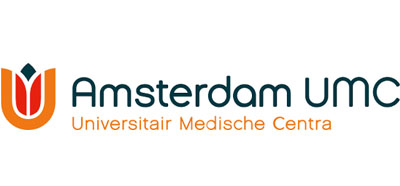
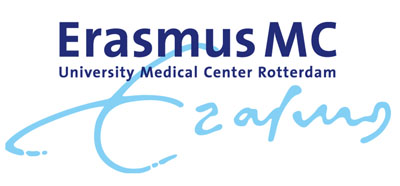
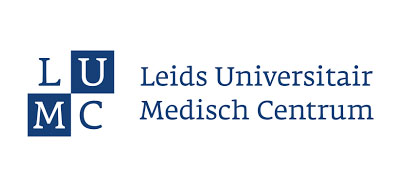


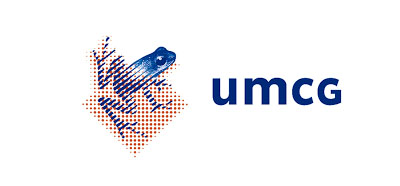
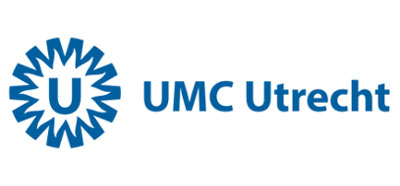
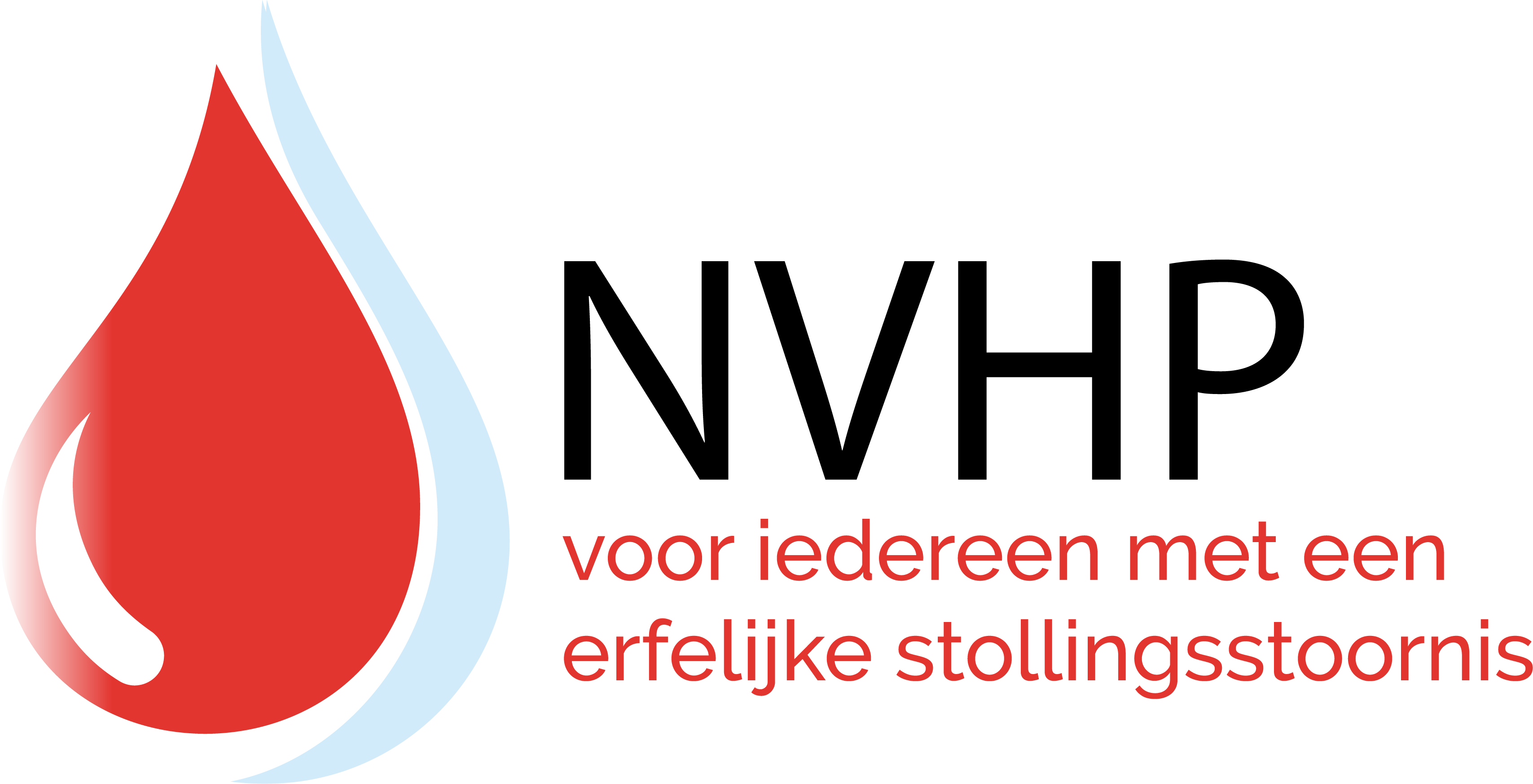




This project has received funding from the Netherlands Organisation for Scientic Research (NWO) under grant agreement NWA.1160.18.038. This website reflects only the authors’ view and the NWA is not responsible for any use that may be made of the information it contains.
